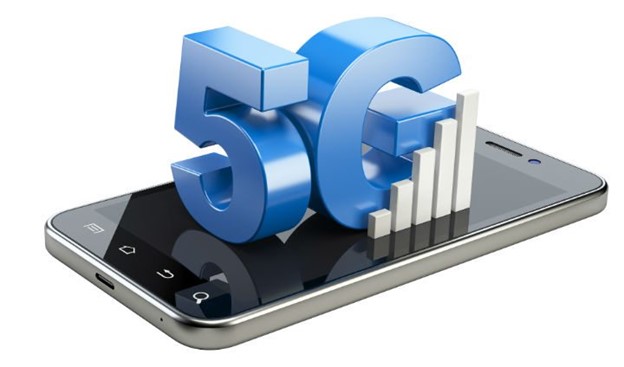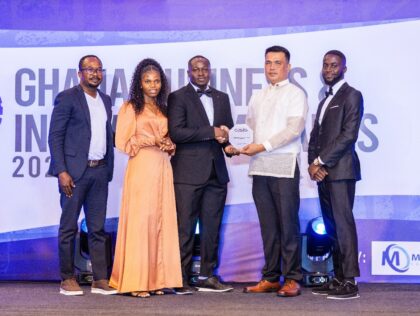Mobile communication technologies have evolved over the years from 1st generation to the currently ready-to-market 5th generation cellular technologies. In this evolution, there is a shift from creating different flavours at a generational level to promoting a single standard to be adopted by the entire world. There were the first-generation technologies had two or three variants-AMPS (Advanced Mobile Phone System), TACS (Total Access Communication System), and NMT (Nordic Mobile Telephone) to name a few. Then came the second generation variants, which predominantly had GSM (Global System for Mobile Communication) and CDMAOne (Code Division Multiple Access) as the major players with the former winning the technology battle. From the third generation onwards, a single standard is being promoted through stakeholder partnerships like 3GPP (Third Generation Partnership Project) for the world to adopt. WCDMA (Wideband Code Division Multiple Access) has become synonymous with third-generation mobile technology and LTE (Long Term Evolution) has led the way for the fourth generation. For the fifth generation, there is no longer a push to ascribe a technical name for the technology as observed in the previous generations, and the technology is simply called 5G.
What 5G brings to the table:
5G mobile technology is essentially targeted at improving its predecessor 4G in 3 different ways:
- Enhanced data speeds using novel radio transmission technologies that better handle spectrum usage and losses in a wireless transmission medium – Here the user feels a faster connection to his streaming high-quality video services (buffering is inexistent) or other regular internet services like file upload or download. Other use cases in this category are augmented or virtual reality applications- some businesses already proposed virtual nightclubs during the Covid-19 lockdown.
- UrLLC (ultra-reliable low latency connectivity)- Better application responsiveness, which technically means low latency; you can run more applications that require immediate user response other than online gaming. Typical examples are remote surgery and automatic driverless cars, which are applications only achievable with this kind of ultra-fast response to avoid accidents; these use cases require enhanced data speeds as well.
- Massive machine-type communications- This aspect involves having thousands of devices connected to the internet within a very small geographical radius without experiencing a drop in user experience. The 5G technology can handle a high density of users or devices. This allows the connection of many devices to the internet, creating a smart ecosystem. An example is where you can connect your refrigerator, television, lighting and alarm system, and all other possible electronic gadgets to the internet, creating a smart home that you can control and monitor remotely. 5G, therefore, unleashes the power of the internet of things, IoT.

5G usage scenarios – courtesy ITU
Another aspect where 5G technology is revolutionary is that it pushes the limit of network customization in that an operator can provide more third-party services with specific requirements in each of the three use cases mentioned above; for instance, some services like IoT services have more user density requirements than other services. This is a major shift from the original concept of resource sharing that characterized the earlier technology generations. 5G, therefore, introduces the concept of network slicing to enable the deployment of MVNOs (Mobile Virtual Network Operators) for specific use cases.
With the low latency that 5G technology provides, it is also possible to deploy edge computing where real-time applications are deployed closer to the users producing the data on which these applications are based; more computation is done between the mobile device/handset and the operator network equipment providing the service. A centralized deployment architecture is being ditched for a distributed system of services, usually called micro-services.
No 5G without the cloud
All the innovations brought about by 5G technology seek to achieve the main goal of providing connectivity for any type of device and increasing the number of users with the possibility of having an ultra-fast response where needed. Some industry players are already pointing to the fact that this goal cannot be achieved without leveraging the power of cloud computing where network hardware or equipment is virtualized and can easily be reconfigured to serve the needed purpose. Though this article will not seek to delve into the technical details of 5G, it is worth mentioning that 5G because of its revolutionary nature can be deployed as standalone (SA) or non-standalone (NSA) where the latter option seeks to use the existing operators’ infrastructure of older generations (4G mainly) to provide a 5G service. Even with the non-standalone approach, operators must deploy cloud computing in their core networks for an efficient service operation.
Deploying 5G in Ghana- the challenges
Deploying 5G comes with its challenges. The primary one is to do with the spectrum to use. Spectrum allocation for mobile technology services is tightly regulated worldwide. 5G in its design is bandwidth-hungry; the minimum bandwidth required to deploy a 5G service is about 15MHz-20MHz (the bandwidth allocated to about 75 to 100 FM stations). So far, the national regulator has not issued any 5G operation license in the country, even though it is likely MTN, the leading cellular network operator is carrying out trials.
The other challenge confronting the rollout of 5G is that of device availability. 5G capable handsets are not so many on the market and the current economic crisis is likely to contribute negatively to the rapid penetration of 5G capable handsets in the Ghanaian market. With the price of the cheapest 5G capable smartphone around USD 300, the penetration of 5G in the market will likely be slower than 4G. The Covid pandemic, with its accompanying logistics bottlenecks as well as the ongoing economic crisis it has induced worldwide, is also likely further exacerbate the slow adoption of 5G devices.
The third challenge facing 5G deployment currently is that of a combination of two factors: the absence of a viable business case and the “relatively” low penetration of 4G. The current mobile broadband penetration currently at 76% does not suggest over-saturation on 4G in the Ghanaian market; a point to note is that some mobile operators in Ghana are still yet to launch 4G nationwide. What is happening currently is that 4G coverage expansion in urban areas largely outpaces that of rural areas. In addition, the market is still more focused on the enhanced broadband speed aspect of the three potential 5G use case classes mentioned earlier. This means the only current differentiator for deploying 5G in the Ghanaian market currently is speed. Users are less likely to pay more for a 5G service if they are already satisfied with the 4G speed; this does not guarantee a return on investment in the current environment. Operators will therefore need more collaboration with third parties to develop more use cases within the market; this is what US operators like Verizon are initiating with Verizon labs.
Predicting the future of 5G in Ghana
It is true some trials are ongoing in the 5G space within the Ghanaian market. The regulator is also active with its established 5G working group towards the planning of license approvals for operators wishing to invest in 5G services. With the current challenges highlighted above, it is envisaged that 5G services might be further delayed in becoming operational within the Ghanaian market. The slow pace observed in other African countries suggests that the little appetite for the 5G rollout on the continent is likely to persist at least till the end of the year. What happens after that could depend on a few things; an economic recovery likely to boost consumption and more competitiveness in the Ghanaian telecommunications sector, encouraging new business cases driven by innovation and product differentiation.
5G is still in its nascent days in Ghana and Africa at large. A lot of factors are currently playing against its fast adoption. Only a conscious and deliberate effort to lift it off the ground will make it realize the new world of faster connectivity and digital transformation it promises.
- https://africa.businessinsider.com/life/european-club-promoters-created-a-virtual-nightclub-to-simulate-berlins-party-scene/fwqxzy0
- https://www.rcrwireless.com/20200401/5g/nokia-5g-cant-be-done-properly-without-cloud-computing
- https://nca.org.gh/wp-content/uploads/2022/07/Q4-2021-statistical-Bulletin.pdf
- https://www.pcmag.com/picks/the-best-5g-phones
- https://verizon5glabs.com/
- https://qz.com/africa/2168658/which-countries-have-rolled-out-5g-in-africa/
Author: Yayra de Souza | Telecommunications Engineer, AI Specialist (Member, Institute of ICT Professionals, Ghana).
For comments, contact yayra.de.souza@iipgh.org / Mobile: +233543758923





